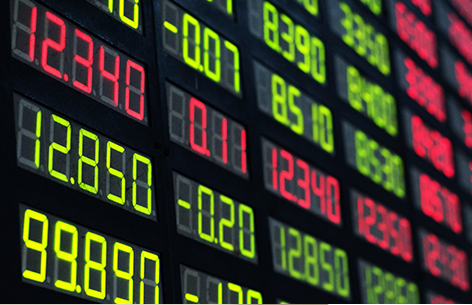Emerging markets are in free fall. The main reasons for the decline are the recent US dollar strength, trade war fears, and, more recently, the sharp devaluation of the Turkish lira. The abrupt sell-off evokes memories of the Mexican peso crisis of 1994/1995, the Asian financial crisis of 1997/1998, and, more recently, the Chinese devaluation and stock market turbulence of 2015/2016. Should investors be worried about emerging market contagion?
The crisis in Turkey is hardly surprising. Its economy suffers from a large trade deficit (6.3% of GDP), high external funding needs, and rising inflationary pressures. Consumer price inflation surged from around 10% at the beginning of the year to above 15% by June. Nevertheless, the central bank left the policy rate unchanged at 17.75% at its July policy meeting. It became evident that President Erdogan’s criticism of higher interest rates has undermined central bank independence. This opened the door for bets against the lira. There is hope that a more comprehensive policy, combined with fiscal and monetary austerity, could stabilize the currency and avoid an inflationary spiral, although this could push the economy into a recession in 2019. The good news is that there are only minor economic links between Turkey and other emerging markets.
More importantly, Turkey’s major emerging market peers are in better shape. Fundamentals are healthy, with improved trade and fiscal accounts and low inflation. Foreign debt levels are not excessive and a number of major countries, especially China, have sizeable hard currency reserves in place. Demographic factors also continue to be favorable in comparison with advanced economies. Finally, there is a tendency toward structural reforms, stronger institutions, and anti-corruption policies that should improve longer-term financial stability. For now it appears that China and Brazil are the only countries that could trigger a deeper financial crisis, due to their size and rising sovereign-debt (Brazil) and corporate-debt (China) levels.
Brazil has initiated an ambitious reform process. The country is at an early stage of an economic recovery following the sharp recession of 2015/2016, since when the trade deficit has been largely eliminated. Inflation and interest rates are low in comparison to what they have been. This, together with significant hard currency reserves and a direct swap line with the US Federal Reserve, gives the central bank plenty of room to counterbalance pressures and defend the foreign exchange rate. The problem is that Brazil needs economic growth to offset its souring public debt levels, meaning that the reform path needs to be continued. Volatility is therefore likely to persist ahead of the upcoming presidential election in October. However, given the illegibility of former president Lula, the most likely outcome is still a relatively market-friendly, though populistic, center-right government, which could lead to a relief rally.
China has started to transform and modernize its economy and this should lead to more sustainable and robust, albeit somewhat slower, economic growth. Policy measures in the past two years have included a reduction of fiscal and monetary stimulus to deflate the housing bubble and reduce local and corporate debt levels. Economic growth has continued to slow at a moderate pace, from above 7% to around 6.5%. The recent depreciation of the yuan is no great surprise, given the general US dollar strength as well as the narrowing growth, trade deficit, and interest-rate gaps compared to the US. Of course, the main risk is an escalating trade war. Given President Trump´s rising approval ratings and recent political scandals around his lawyer and campaign manager, he may continue to play tough to please his main supporters. Trade tensions could therefore intensify ahead of the US mid-term elections in November. However, China has already started to implement small policy adjustments to bolster the economy’s defenses against the negative impact of US tariffs, which should start to become visible in Q4. Even if the US imposes a 25% tariff on another USD250bn of Chinese goods, the growth drag should be less than 1% and an additional stimulus should help keep GDP growth above 6% in 2019. In a more market-friendly scenario, Trump’s tone could become more reconciliatory once the elections are over.
In fact, Trump’s introduction and threats of tariffs and other sanctions have been the main drivers of the recent USD rally, which has been the biggest headwind for emerging markets. Given the extensive media coverage, and as Trump has already threatened to impose tariffs on basically all Chinese imports, a lot of bad news must be priced in. Nevertheless, markets hate uncertainty and volatility is likely to remain high throughout the political campaign period in the US, and to a lesser degree in Brazil. Unless the situation gets completely out of control, we may well see a catch-up rally toward the end of the year.
Column by Pascal Rohner, CFA, CIO Banco Crèdit Andorrà (Panamá), Crèdit Andorrà Financial Group Research.


